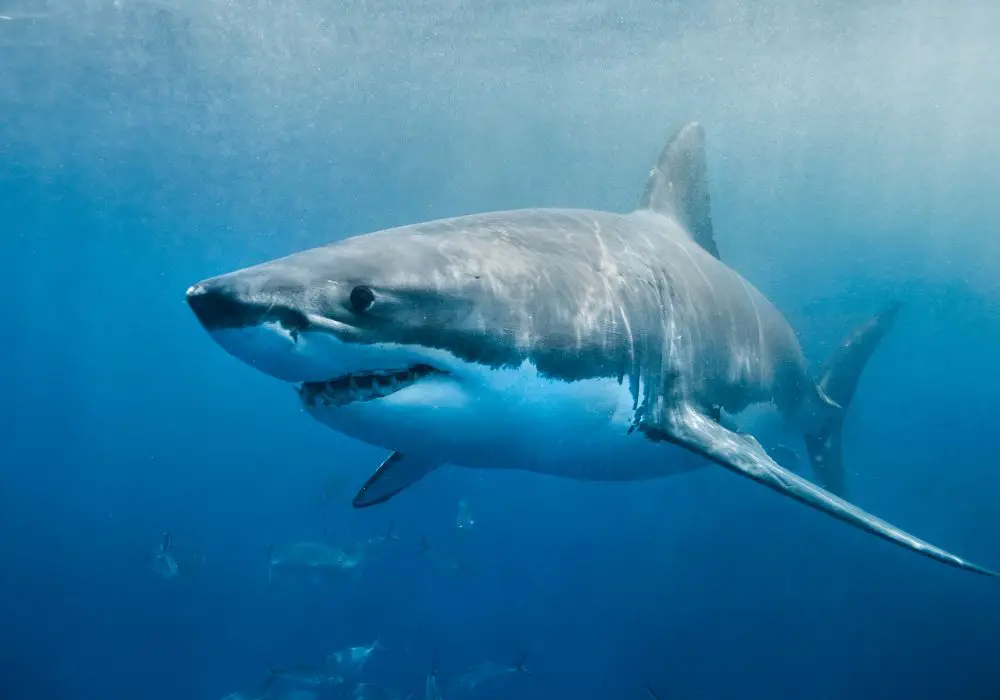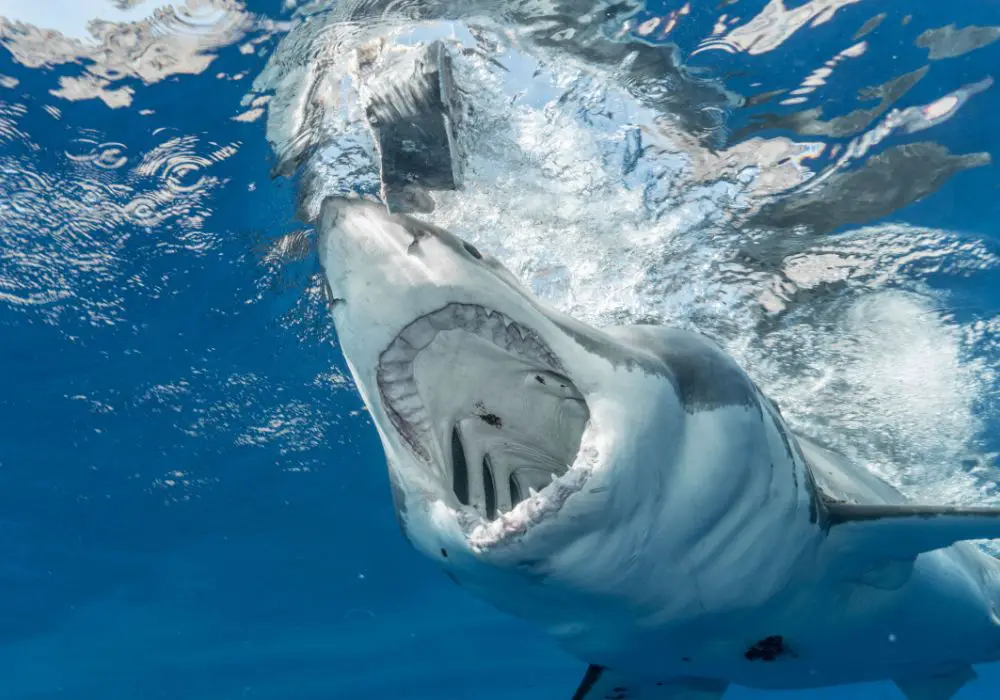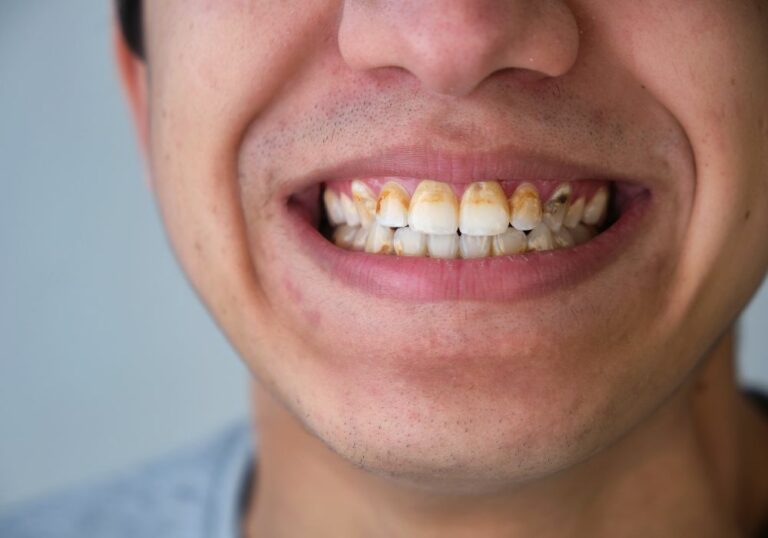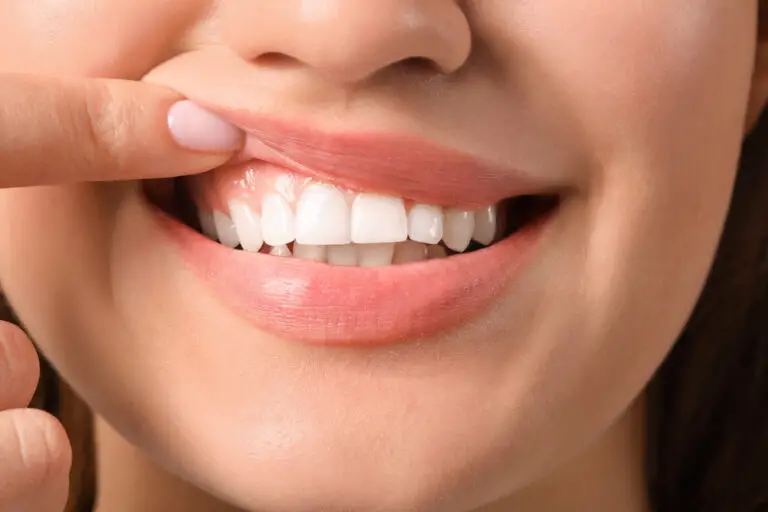A deep dive into sharks’ endless rows of teeth
Sharks are iconic predators of the ocean, and their sinister rows of razor-sharp teeth play a pivotal role in their hunting success and evolutionary survival. But what happens when a shark loses all its teeth? Can sharks actually end up completely toothless?
Sharks have a conveyor belt of teeth constantly regrowing. Their teeth are not fused to the jaw but anchored in flesh, arranged in rows that allow new teeth to rotate into place when old teeth get knocked out. This endless regeneration powers sharks’ ability to bite again and again without dulling or breaking teeth on hard prey like turtle shells or bones.
Multiple rows of replacement teeth develop in sequence behind the functional front teeth, ready to advance at any time. Some sharks even have tooth assembly lines in their embryos churning out teeth for future use.
This endless flow of new teeth enables certain shark species to chomp through prey most creatures could only manage a couple bites of before exhausting their dental weaponry. Row upon row of fresh knives at the ready is what makes sharks such successful predators.
The role of teeth in a shark’s life
Teeth are utterly essential to a shark going about its daily business:
- Chasing prey: Sharks rely on speed, stealth, and sharp senses to hunt. Once in striking range, their teeth become pivotal weapons.
- Catching prey: A mouthful of backward-curving blades allows sharks to seize slippery fast-moving prey like fish, seals, and squid. Teeth grip flesh and prevent meals escaping.
- Subduing prey: Serrated teeth act like steak knives to saw through tough hides, blubber, and muscle. Spiky teeth impale prey to enable drag-and-shake feeding motions.
- Biting off chunks: Sharks shake their heads while biting down to physically rip off chunks of meat. Razor teeth cut prey into swallowable pieces.
- Crushing hard-bodied prey: Blunt back teeth work like molars to crunch up crustaceans, bony fish, clams, and urchins.
- Gripping prey: Needle-like teeth anchor sharks’ hold on large prey while sawing off pieces. This prevents loss of hard-earned calories.
- Tearing and cutting: Shark teeth are adapted for various forms of slicing, piercing, grinding, and tearing to dismantle prey efficiently depending on diet.
Sharks’ teeth are fundamental utensils for hunting, catching, subduing, restraining, and processing all manner of meals from tiny krill to whales. Row upon row of ever-renewing teeth allows sharks to feast repeatedly without wearing down this essential equipment.
But even sharks’ fabulous teeth don’t last forever…
How do sharks lose teeth?
Sharks typically lose a tooth whenever feeding – their choppers are designed for easily popping out when they bite down. This is a feature, not a flaw! But sharks also lose teeth in other ways:
- Biting prey: During feeding, teeth shear at the gumline and detach, or prey bones loosen teeth. This clears space for fresh teeth rotating forward.
- Biting other sharks: In dominance displays or fighting over prey, sharks may knock teeth out of competitors’ mouths.
- Repeated impacts: Habitual head shaking and hard strikes on prey or objects gradually shakes teeth loose over time.
- Wear and tear: Friction slowly erodes teeth down until they become loose enough to drop out during biting.
- Disease or trauma: Jaw infections, tissue death from toxins, or serious injuries can sometimes destroy tooth anchoring and cause shedding.
Thanks to conveyor belt regeneration, a lost tooth quickly gets replaced by the next one in line. But issues arise if sharks lose teeth faster than replacements grow…
Scenarios where sharks lose all teeth

While single lost teeth are no big deal, there are situations where a shark can end up completely toothless:
- Old age – Elderly sharks with declining tooth regeneration can shed teeth without prompt replacements.
- Birth defects – Shark pups with impaired tooth development may have no teeth at all.
- Poor diet – Malnutrition, especially in young sharks, can severely disrupt tooth regeneration.
- Disease – Certain illnesses directly damage tooth production mechanisms in the jaws.
- Injury – Extensive trauma to the jaws can totally halt tooth development.
In these scenarios, sharks’ fabulous tooth conveyor belts stall out, leaving bare gums. The duration of toothlessness depends on the species and cause…
How long do sharks stay toothless?
Most sharks redevelop new teeth within weeks or months after total tooth loss. But some species take longer:
- White sharks may be toothless just a few days before new teeth start emerging.
- Tiger and mako sharks typically toothless for 1-2 weeks during tooth replacement.
- Bull sharks can have bare jaws for 2 weeks to 2 months before teeth return.
- Nurse sharks may take around 6 months to fully replace a lost set of teeth.
- Lemon sharks can take over a year to regrow all teeth after shedding the entire set.
So while most sharks revive their toothy grins promptly, a toothless great white is far more vulnerable than a toothless nurse shark. Next let’s look at sharks that live their whole lives toothlessly…
Species of sharks without teeth
While most shark species bear ominous choppers, several have evolved to survive sans teeth:
Whale shark
The mammoth yet gentle filter-feeding whale shark is entirely toothless, using its gills to strain krill. Teeth would be useless.
Basking shark
Like the whale shark, the basking shark engulfs plankton through its huge mouth and has no need for teeth as an adult.
Wobbegong
These ornate carpet sharks begin life with teeth but shed them as they mature. Their jaws contain fleshy tangles for grabbing prey.
Bamboo shark
After hatching with tiny baby teeth, bamboo sharks’ mature gums help them crush shelled seafood and coral.
Bluntnose sixgill shark
The sixgill shark loses its youthful teeth and becomes mostly toothless as it reaches adulthood.
Megamouth shark
The megamouth has just three tiny vestigial teeth in its jaws. It likely relies on suction feeding.
Manta ray
Related to sharks, manta rays are filter feeders and use plate-like gill rakers instead of teeth to strain plankton.
For these toothless sharks and rays, alternative feeding strategies keep them well-fed sans teeth. But tooth loss can be catastrophic for typically toothy sharks…
Impacts of tooth loss on sharks
While lifelong toothless sharks survive and feed adeptly, losing all teeth can be highly problematic for most sharks:
- Difficulty catching prey: Toothless sharks lack the tools to effectively grasp fast slippery prey like fish and squid.
- Trouble handling and eating prey: Without teeth to grip, tear off chunks, or puncture tough hides, toothless sharks struggle to handle and consume prey. Feeding efficiency decreases severely.
- Nutritional deficits: If certain prey types can’t be eaten, toothless sharks fail to take in adequate calories, protein, vitamins, minerals, and other nutrients.
- Increased starvation risk: As feeding becomes inefficient and nutritional intake declines, prolonged toothlessness ultimately leads to starvation in most species.
- Greater vulnerability to predators: Lacking their primary weapons, toothless sharks are at higher risk of falling prey to other ocean predators.
While a toothless whale shark thrives, toothlessness can be a death sentence for great whites, tigers, and other typically toothy shark species. But can toothless sharks ever survive in the wild?
Can a toothless shark survive?

For sharks that naturally shed all teeth as adults, toothlessness poses no barrier to survival and thriving. But species that normally regrow teeth continuously face dire threats when toothless:
- Toothless a few weeks: No survival issues for most species like tigers, makos, and bulls.
- Toothless a few months: Increased risk of starvation unless the shark can still eat very soft prey.
- Toothless over 6 months: High chance of eventually starving to death.
- Toothless over 1 year: Virtual certainty of death by starvation if no teeth regrow.
While brief toothlessness of a few weeks or months may be tolerated, extended tooth loss with no regrowth usually proves fatal to sharks. However, captive toothless sharks can survive with special human care.
Keeping toothless sharks alive in aquariums
Sharks at aquariums or research facilities that become completely toothless can survive with intense support:
- Hand feeding softened, chunked seafood prevents starvation.
- Providing only easily chewed or swallowed foods removes eating challenges.
- Nutritional supplements fill dietary gaps.
- Isolation from aggressive tankmates prevents bullying.
- Frequent veterinary care ensures health issues are promptly addressed.
With such interventions, even typically toothy sharks like tigers, makos, and great whites can live years without teeth under human care. But restoring natural tooth regeneration remains ideal.
Conclusion
While a handful of sharks thrive lifelong without teeth, most species rely completely on conveyor belt regeneration of endless rows of fangs. For these sharks, brief toothlessness during regrowth poses little hardship – but extended tooth loss can ultimately become deadly. Billions of years of evolution crafted sharks into consummate underwater hunters and survivors, and this success hinges largely on their marvelous, perpetually renewing dentition. So though sharks occasionally end up flashing gummy grins, mostspecies are perfectly designed to avoid prolonged toothless existence.
Frequently Asked Questions
Can a great white shark survive without teeth?
Great whites begin rapidly regrowing new teeth within days after total tooth loss. But remaining toothless for over 6 months is likely eventually fatal for great whites, since they require teeth to effectively hunt and feed. With human care, toothless great whites can be sustained in aquariums.
Do baby sharks have teeth?
Yes, most baby sharks emerge from their egg cases with a small set of sharp teeth that help them start grasping and eating prey right away. A few species like bamboo sharks hatch toothlessly but grow teeth later.
How many teeth do tiger sharks have?
Tiger sharks typically have about 80-100 teeth in their upper and lower jaws at once, arranged in around 7-8 rows. They produce over 24,000 teeth throughout their lifetime!
Can a bull shark bite without teeth?
While a toothless bull shark can still deliver a harmless gum-mouthing, it cannot inflict painful or dangerous bites without teeth. The bare gums alone may leave slight red marks but cannot cause real injury.
How often do great white sharks lose teeth?
Great whites replace each tooth about every two weeks on average. They lose teeth very frequently during feeding. A great white shark may shed and regrow around 50,000 teeth over its lifespan!







